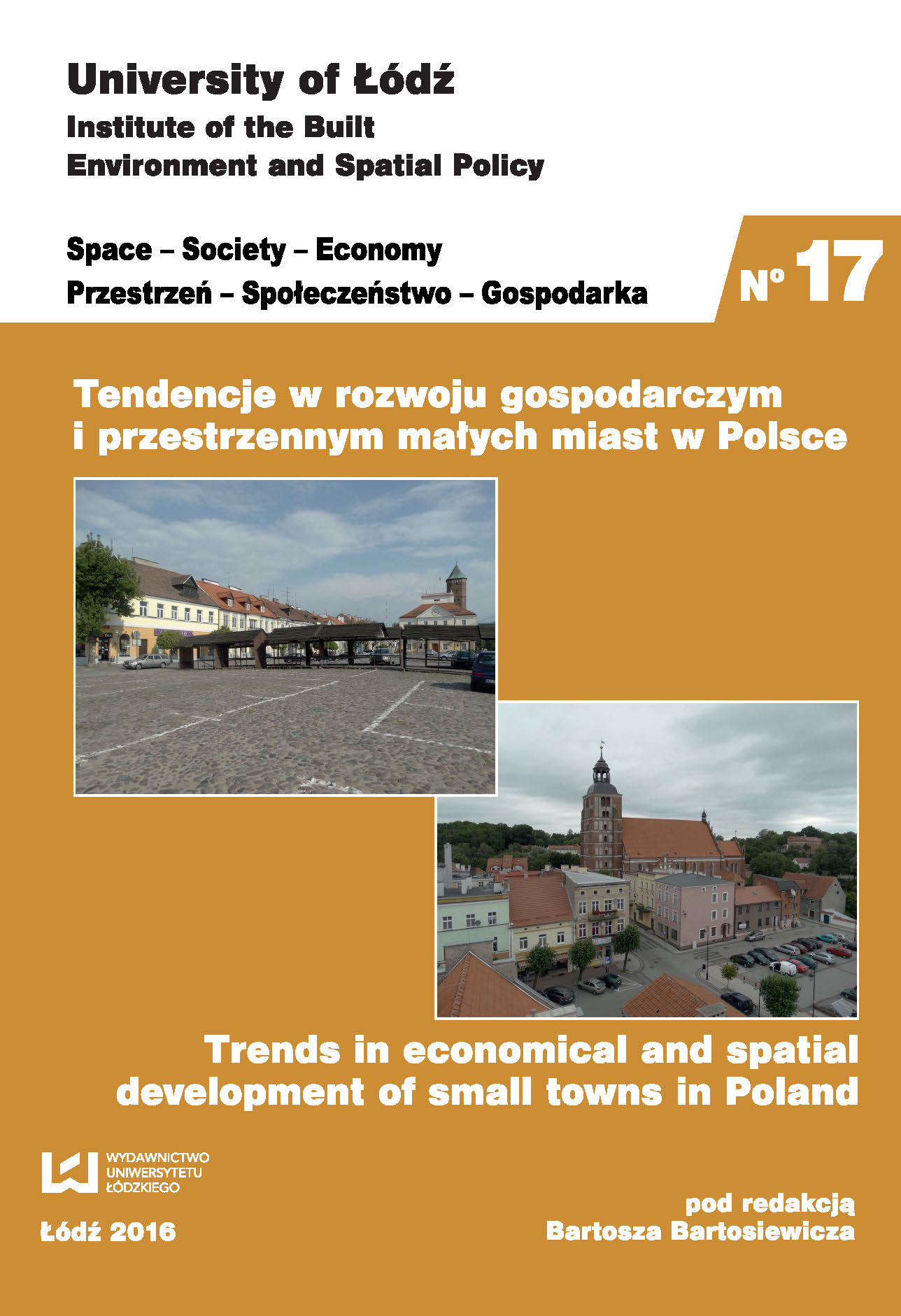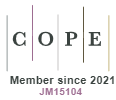Zagadnienia przestrzenne a postulaty i idee ruchu miast cittaslow
DOI:
https://doi.org/10.18778/1733-3180.17.01Słowa kluczowe:
Cittaslow, Slow City, slow life, planowanie przestrzenne, nowa jakość życia, nowe idee urbanistyczneAbstrakt
Ruch Slow City lub Cittaslow rozpoczął się od stowarzyszenia czterech włoskich miast w 1999 roku. Od tej pory rozwija się niezwykle prężnie w Europie i poza jej granicami. W Polsce w chwili obecnej stowarzysza on 20 miast. Ruch ten zmierza do rozwoju małych miasteczek w oparciu o kryteria mające na celu poszanowanie jakości życia w duchu ideologii „slow life”. W swoim programie zawiera prototypowy system kwantyfikacji czynników, które decydują o nadaniu miastu tytułu Slow City. W odniesieniu do zagadnień przestrzennych przedmiotowe miasteczka mają stać się miejscami idealnymi dla prowadzenia niepowtarzalnego – zgodnego z naszym zegarem biologicznym, bardziej higienicznego i harmonijnego sposobu życia. Autor w swoim artykule podjął próbę spojrzenia na filozofię ruchu z punktu widzenia zagadnień przestrzennych. Tekst jest przykładem przedstawienia wybranych rozwiązań przestrzennych i urbanistycznych w odniesieniu do postulatów ideowych stowarzyszenia.
Pobrania
Bibliografia
Aug’e M., 1995, Non-places: Introduction to an anthropology of supermodernity, Verso, New York.
Google Scholar
Beatley T., 2004, Native to nowhere: Sustaining home and community in a global age, Island Press, Washington, DC.
Google Scholar
Campbell M.C., 2004, Building a common table: The role for planning in community food systems, „Journal of Planning Education and Research”, 23, s. 341–355.
Google Scholar
DOI: https://doi.org/10.1177/0739456X04264916
Castells M., 2008, Społeczeństwo sieci, Wydawnictwo Naukowe PWN, Warszawa.
Google Scholar
Ghel J., 2014, Miasta dla ludzi, RAM, Kraków.
Google Scholar
Gruszecka-Tieśluk A., 2013, Sieć Cittaslow – strategią rozwoju małych miast w Polsce?, [w:] Nowoczesne instrumenty polityki rozwoju lokalnego – zastosowanie i efekty w małych miastach, „Studia Ekonomiczne”, 144 (2), Uniwersytet Ekonomiczny w Katowicach, s. 383–393.
Google Scholar
Hall E.T., 1997, Ukryty wymiar, Muza SA, Warszawa.
Google Scholar
Hargreaves A., 2004, Building communities of place: Habitual movement around significant places, „Journal of Housing and the Built Environment”, 19, s. 49–65.
Google Scholar
DOI: https://doi.org/10.1023/B:JOHO.0000017706.38123.43
Honor’e C., 2004, In praise of slowness, Harper, San Francisco.
Google Scholar
Imbroscio D., 1997, Reconstructing city politics: Alternative economic development and urban regimes, Sage, Thousand Oaks, CA.
Google Scholar
DOI: https://doi.org/10.4135/9781483327884
Imbroscio D., 1998, Reformulating urban regime theory: The division of labor between state and market reconsidered, „Journal of Urban Affairs”, 20 (3), s. 233–248.
Google Scholar
DOI: https://doi.org/10.1111/j.1467-9906.1998.tb00420.x
Imbroscio D., 2003, Overcoming the neglect of economics in urban regime theory, „Journal of Urban Affairs”, 25 (3), s. 271–284.
Google Scholar
DOI: https://doi.org/10.1111/1467-9906.00165
Imbroscio D., 2004, The imperative of economics in urban political analysis: A reply to Clarence N. Stone, „Journal of Urban Affairs”, 26 (1), s. 21–26.
Google Scholar
DOI: https://doi.org/10.1111/j.0735-2166.2004.00002.x
Innes J., 1998, Information in communicative planning, „Journal of the American Planning Association”, 64 (1), s. 52–63.
Google Scholar
DOI: https://doi.org/10.1080/01944369808975956
Knox P., 2005, Creating ordinary places: Slow cities in a fast world, „Journal of Urban Design”, 10 (1), s. 1–11.
Google Scholar
DOI: https://doi.org/10.1080/13574800500062221
Leitner H., Sheppard E., 1999, Transcending interurban competition: Conceptual issues and policy alternatives in the European Union, [w:] Jones A.E.G., Wilson D. (red.), The urban growth machine: Critical perspectives two decades later, State University of New York Press Albany, NY, s. 227–246.
Google Scholar
Leyshon A., Lee R., 2003, Introduction: Alternative economic geographies, [w:] Leyshon A., Lee R., Williams C. (red.), Alternative economic spaces, Sage, London, s. 1–26.
Google Scholar
DOI: https://doi.org/10.4135/9781446220825.n1
Mayer H., Knox P.L., 2006, Pace of Life and Quality of Life: The Slow City Charter, [w:] Sirgy J.M., Phillips R., Rahtz D.R. (red.), Community Quality-of-Life Indicators: Best Cases II, Springer, s. 21–40.
Google Scholar
DOI: https://doi.org/10.1007/978-90-481-2257-8_2
Mayer H., Knox P.L., 2006, Slow Cities: Sustainable Places in a Fast World, Virginia Tech, „Journal of Urban Affairs”, 28 (4), s. 321–334.
Google Scholar
DOI: https://doi.org/10.1111/j.1467-9906.2006.00298.x
Międzynarodowy statut miast „Cittaslow”, www.cittaslow.org.
Google Scholar
Oldenburg R., 1999, The great good place: Cafes, coffee shops, bookstores, bars, hair salons, and other hangouts at the heart of a community, Marlowe & Company, New York.
Google Scholar
Oldenburg R., 2002, Celebrating the third place, Marlowe & Company, New York.
Google Scholar
Poczobut J., 2010, Działania rewitalizacyjne w miasteczkach polskiej krajowej sieci miast Cittàslow, „Zeszyty Naukowe Instytutu Spraw Publicznych Uniwersytetu Jagiellońskiego”, Zarządzanie Publiczne 1–2 (9–10), Kraków, s. 105–119.
Google Scholar
Ponadlokalny program rewitalizacji sieci miast Cittàslow 2015.
Google Scholar
Putnam R.D., 2000, Bowling alone: The collapse and revival of American community, Simon & Schuster, New York.
Google Scholar
DOI: https://doi.org/10.1145/358916.361990
Smolko R., 2000, The community indicators handbook, Redefining Progress, Oakland, CA.
Google Scholar
Stone C., 1989, Regime politics: Governing Atlanta, 1946–1988, „334 II Journal of Urban Affairs II”, 28 (4), Lawrence, KS, University Press of Kansas.
Google Scholar
Stone C., 2004a, It’s more than the economy after all: Continuing the debate about urban regimes, „Journal of Urban Affairs”, 26 (1), s. 1–20.
Google Scholar
DOI: https://doi.org/10.1111/j.0735-2166.2004.0001.x
Stone C., 2004b, Rejoinder: Multiple imperatives, or some thoughts about governance in a loosely coupled but stratified society, „Journal of Urban Affairs”, 26 (1), s. 35–42.
Google Scholar
DOI: https://doi.org/10.1111/j.0735-2166.2004.0004.x
Virilio P., 1991, Lost dimension, Semiotext, New York.
Google Scholar
Williamson T., Imbroscio D., Alperovitz G., 2003, Making a place for community: Local democracy in a global era, Routledge, New York.
Google Scholar
Pobrania
Opublikowane
Jak cytować
Numer
Dział
Licencja

Utwór dostępny jest na licencji Creative Commons Uznanie autorstwa – Użycie niekomercyjne – Bez utworów zależnych 4.0 Międzynarodowe.









